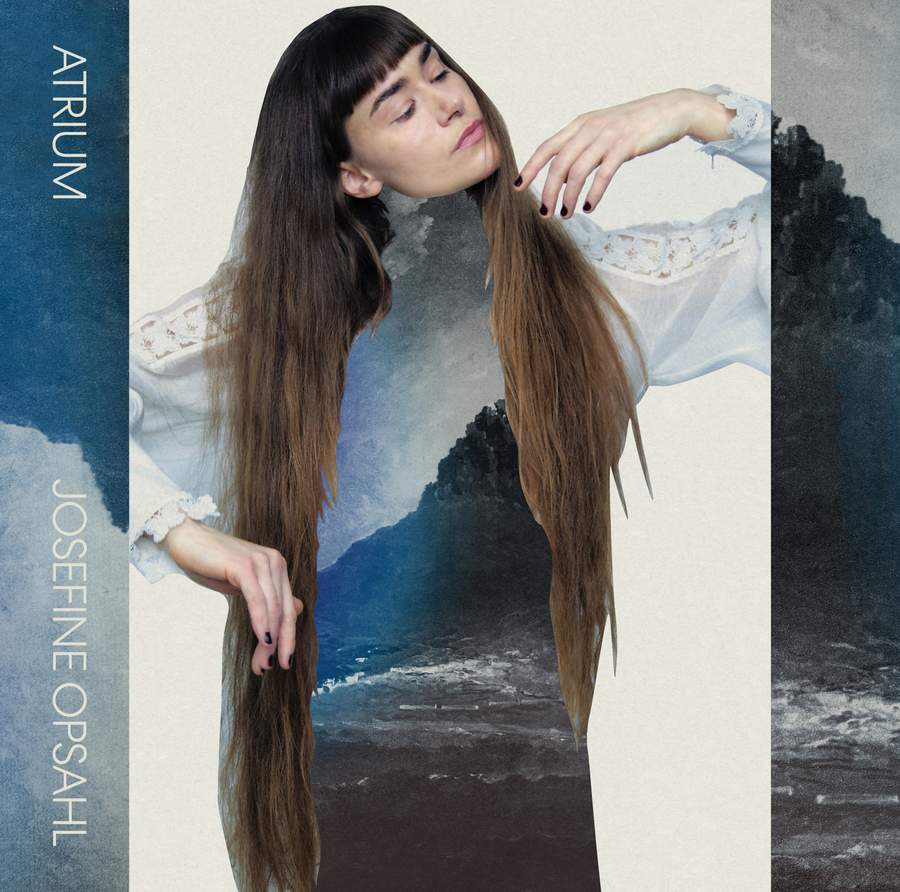Josefine Opshal: Atrium
View record and artist detailsRecord and Artist Details
Composer or Director: Josefine Opsahl
Genre:
Instrumental
Label: Dacapo
Magazine Review Date: AW22
Media Format: CD or Download
Media Runtime: 62
Mastering:
DDD
Catalogue Number: 8 226596

Tracks:
| Composition | Artist Credit |
|---|---|
| Prism I |
Josefine Opsahl, Composer
Josefine Opsahl, Composer |
| Gaaer ikke soels og maanes vei ned under dybe hav? |
Josefine Opsahl, Composer
Josefine Opsahl, Composer |
| 8 Circles, Movement: Pendulum |
Josefine Opsahl, Composer
Josefine Opsahl, Composer |
| Liquid Entity |
Josefine Opsahl, Composer
Josefine Opsahl, Composer |
| Intimo |
Josefine Opsahl, Composer
Josefine Opsahl, Composer |
| EVI |
Josefine Opsahl, Composer
Josefine Opsahl, Composer |
| Town Will Change Town Will Remain |
Josefine Opsahl, Composer
Josefine Opsahl, Composer |
| KHGR |
Josefine Opsahl, Composer
Josefine Opsahl, Composer |
| Rauma |
Josefine Opsahl, Composer
Josefine Opsahl, Composer |
| Prelude for Cello & Live Electronics |
Josefine Opsahl, Composer
Josefine Opsahl, Composer |
| Prism II |
Josefine Opsahl, Composer
Josefine Opsahl, Composer |
Author: Liam Cagney
Josefine Opsahl’s music resides in the zone where genre borders break down. Her aesthetic has aspects in common with groups such as Crash Ensemble and Alarm Will Sound. The cover of Opsahl’s debut album, ‘Atrium’, shows a portrait of the musician, eyes closed, fingernails painted black, holding an imaginary cello while her bodily outline transforms into a Scandinavian coastal scene. It’s a precis of the album: evocative, hip solo cello music, at times improvisatory, that transports the listener to brisk Nordic climes. Within that, perhaps there is space for pushing the boat out more.
‘Atrium’ comprises 10 works for solo cello and electronics, all first recordings, composed and performed by Opsahl. Stylistically, they are all of a piece, based on Opsahl’s self-devised electronics set-up, neo-tonal in character, often with repeated chord progressions (generally in a minor key) over which Opsahl weaves melodies. The opener, Prism I, is typical. In texture, it’s like a piece of ambient electronica: a sustained low cello note is interrupted by a shimmering high-register sonic cloud; behind this appear sustained cello harmonics; shreds of synthetic timbres appear and disappear, as do heartbeat-style pulses; then, after this scene-setting, Opsahl’s cello comes in playing legato minor-key lines. Opsahl’s playing is heavily processed: the cello alternately has a harmoniser effect, close echo and a longer delay, such that the solo instrument generates a polyphony.
Opsahl’s tone and vision impress. The second section of KHGR, ‘Wave’, brims with tension, moving in a flash from growling low vibrato to high double-stops. Gaaer ikke Soels og Maanes Vei ned under dybe Hav? has the slow-burning, epic character of a motion-picture soundtrack (post Jóhann Jóhannsson, there is no shortage of evocative solo cello in Hollywood film scores). A slight issue for me is that, over the course of the album, the pieces merge too much into one another: they are all similar in style and all feature a full acoustical palette of layered processed cello. At times I wanted more silences, acoustic spaces without any cello at all. Nonetheless, it’s a companionable album on which to dream on an autumnal evening.
Discover the world's largest classical music catalogue with Presto Music.

Gramophone Digital Club
- Digital Edition
- Digital Archive
- Reviews Database
- Full website access
From £8.75 / month
Subscribe
Gramophone Full Club
- Print Edition
- Digital Edition
- Digital Archive
- Reviews Database
- Full website access
From £11.00 / month
Subscribe
If you are a library, university or other organisation that would be interested in an institutional subscription to Gramophone please click here for further information.




